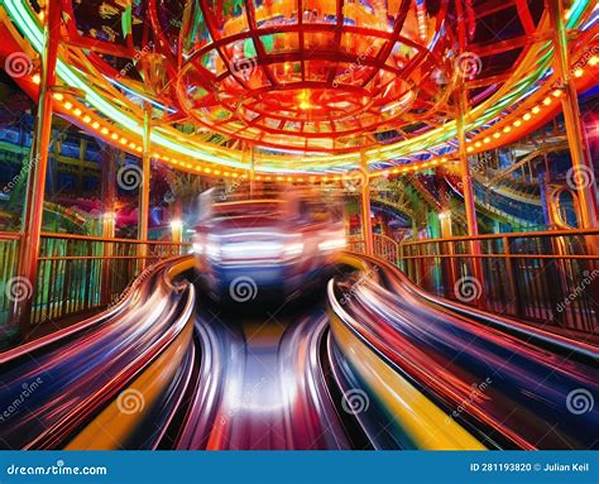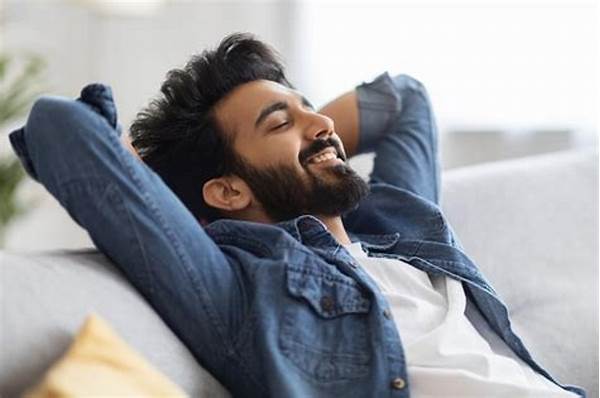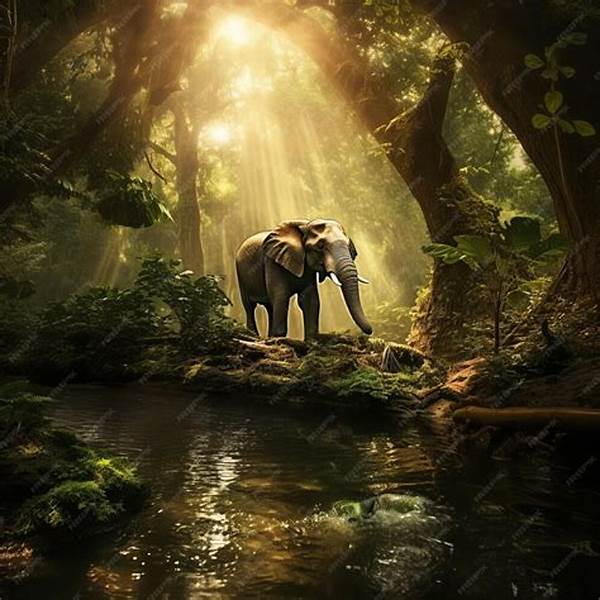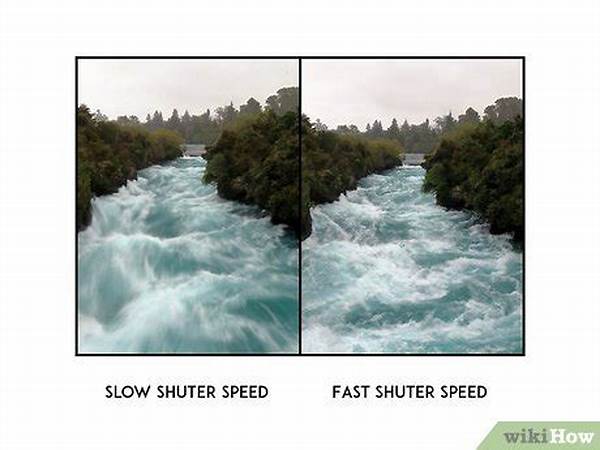Hey there, photography enthusiasts! Have you ever wondered how those dreamy, flowing light trails or silky smooth waterfall images are captured? It all comes down to a little magic trick photographers love to use called “motion blur with slow shutter.” It’s that unique touch that adds a dynamic sense of movement and turns ordinary scenes into visually stunning masterpieces. Whether you’re just starting or have been in the photography game for a while, mastering this technique can open up a world of creative possibilities. Let’s dive into it!
Read Now : Easy-to-use Picture Editing Interface
Understanding Motion Blur with Slow Shutter
Capturing motion blur with slow shutter is like painting with light. By slowing down your shutter speed, you allow your camera’s sensor to absorb more light over time, making it possible to record movement. This technique can transform busy streets into streams of light or waves crashing into an ocean to appear mystically drifted. The key is balancing your exposure and composition to enhance your subject while allowing the blur to add that artistic flair. Playing around with the settings and shooting different scenarios can result in some surprising and delightful outcomes that showcase your unique creative vision.
What I love about using motion blur with slow shutter is how it lets you capture the essence of time in a single image. While a fast shutter might freeze a moment, a slow shutter captures the drama of an unfolding sequence. Plus, whenever you’re in low-light conditions, this method helps compensate by soaking up the available light, making your pictures appear sharp and vibrant. Remember to have your tripod handy to avoid unwanted shakes — the tripod is your best friend here!
Techniques to Master Motion Blur with Slow Shutter
1. Choosing the Right Subject: Select dynamic subjects like flowing water, busy roads, or dancers in motion. Observing the motions beforehand helps plan effectively.
2. Setting Your Camera: Switch your camera to manual mode to control the shutter speed. Experiment with speeds ranging from 1/15th to several seconds for maximum effect.
3. Using a Tripod: Stability is crucial! To achieve the desired motion blur with slow shutter effects, use a sturdy tripod to maintain camera steadiness.
4. Light Conditions: Ideal lighting involves low light situations, such as dusk or early dawn. Alternatively, use neutral density filters in brighter conditions to achieve the right effect.
5. Manual Focus: Autofocus may struggle in low light. Switch to manual focus to avoid any undesirable focal changes during exposure.
Now, it’s your turn! Try different compositions and tweak your settings until you find that perfect balance for motion blur with slow shutter. And remember — practice makes perfect!
Why Motion Blur with Slow Shutter is So Cool
Okay, let’s talk about why this might just become your new favorite photography trick. First, motion blur with slow shutter lets you make the mundane look epic. Do you see those car lights streaking through the city? That’s literally light painting, my friends! It adds an energetic vibe to what might otherwise be a pretty static scene.
There’s also something deeply satisfying about capturing not just a single frame but an entire story with your camera. Those blurred motion shots of people rushing in a train station or a ferris wheel lighting the night? They tell tales of movement, energy, and time passing by — moments frozen with an artistic twist. And it sure beats those cookie-cutter snapshots we all have a billion of on our phones.
Plus, experimenting with motion blur with slow shutter can genuinely spark your creativity. Each shot can yield something unexpected and magical. Let your inner artist roam free. Embrace the blur!
Tips and Tricks for Motion Blur with Slow Shutter
1. Start with Fast-Moving Subjects: Try shooting moving cars or running water as they naturally create dynamic visuals.
2. Work with Stationary Elements: Include some still subjects in your frame to emphasize contrast with the motion blur.
3. Embrace Low Light: Nighttime offers the perfect backdrop for experimenting with this effect.
4. Try Panning: Follow a moving subject to make the background blur while keeping the subject sharp.
Read Now : High-speed Wildlife Motion Capture
5. Use Remote Shutter Release: Minimize camera shake by triggering exposures without touching your camera.
6. Experiment with Light Trails: Set your camera at busy intersections to capture striking streaks.
7. Play with Different Shutter Speeds: Don’t be afraid to mix it up. Finding the perfect speed varies with each scene.
8. Go Abstract: Sometimes the most fascinating shots are the least planned.
9. Use Neutral Density Filters: These allow longer exposures even during daylight without overexposing your images.
10. Have Fun!: Remember, creativity is your playground. Play around, make mistakes, and learn as you go.
Capturing Stunning Motion Blur with Slow Shutter
Mastering motion blur with slow shutter doesn’t happen overnight, but with a little patience and experimentation, you’ll get there. Here’s a pro tip — head out to your local park or the city center, where movement is all around you. Start by setting your camera to shutter priority mode and adjust the shutter speed until you see the blur you desire.
Using the motion blur with slow shutter technique opens up endless creative opportunities. From busy urban streets to serene natural settings, it’s all about finding that sweet spot where the motion tells a story. Next time you’re on a walk, look for opportunities: anything from a cyclist speeding past to an escalator full of commuters. Each scene presents its unique rhythm and mood, just waiting for you to capture it.
The artistry of motion blur with slow shutter is like adding a poetic element to your photography — a blend of precision and randomness that keeps each image fresh and exciting. Just think, with every click of the shutter, you’re creating a visual narrative that stands out. So why not grab your camera and start capturing extraordinary tales through motion blur today?
Making Motion Blur with Slow Shutter Your Signature Style
Real talk! Striving for that perfect motion blur with slow shutter can be addictive. It’s like you’ve found the cheat code to capturing time in its most dynamic form. Plus, it’s super-flexible; this style can fit into any photographer’s aesthetic, whether you’re about vibrant cityscapes, peaceful nature shots, or experimental abstracts.
What’s mind-blowing is how this technique turns a ‘gist of life moments’ into an art form, making it your creative signature. Over time, your friends might even start recognizing your photos just by that signature blend of motion and stillness. You do you, and soon you’ll have a gallery of uniquely captivating images that make people stop and say, “Whoa, that’s kinda awesome!”
And get this: The more you work with motion blur with slow shutter, the more you’ll understand light, movement, and timing. They’re like your new BFFs in photography. Who knows, you might even end up inspiring others to see the world the way you do. So keep sharpening those skills, because you never know what epic shot you might snap next!



